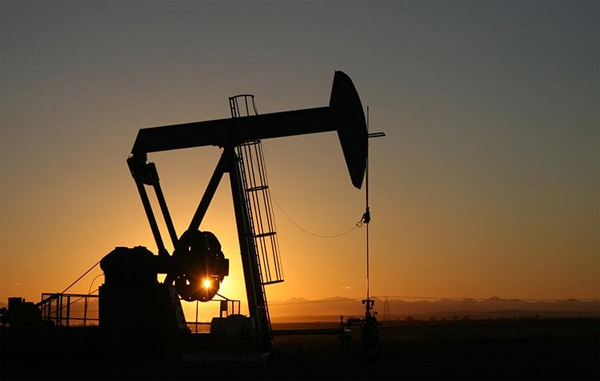
Myra P. Saefong and William Watts, MarketWatch
SAN FRANCISCO/NEW YORK
EnergiesNet.com 01 31 2023
Front-month oil futures ended higher on Tuesday, but U.S. prices posted a third-straight monthly decline, ahead of this week’s Federal Reserve decision on interest rates and amid signs that Russian crude exports remain resilient.
Prices for the U.S. and global crude benchmarks marked their biggest monthly declines since November 2022, while natural gas marked its biggest monthly drop since January 2001, according to Dow Jones Market Data.
Price action
- West Texas Intermediate crude for March delivery CL.1, 0.43% CL00, 0.43% CLH23, 0.43% rose 97 cents, or nearly 1.3%, to settle at $78.87 a barrel on the New York Mercantile Exchange, for a monthly decline of 1.7%.
- March Brent BRNH23, the global benchmark, fell 41 cents, or 0.5%, to $84.49 a barrel on ICE Futures Europe, for a nearly 1.7% January fall. The March contract expired at the end of the session. However, April Brent BRN00, 0.20% BRNJ23, 0.20%, the most actively traded contract, climbed by 96 cents, or 1.1%, to $85.46 a barrel.
- February gasoline RBG23, +2.12% added nearly 1.8% to $2.5435 a gallon, for a monthly rise of 3.4%.
- February heating oil HOG23, +2.85% added 2.3% at $3.1823 a gallon — down nearly 5.4% for the month. Both contracts expired at the end of the session.
- March natural gas NGH23, 1.53% added 0.3% to $2.684 per million British thermal units. Front-month prices marked a 40% January plunge, which was the largest monthly loss since January 2001, according to Dow Jones Market Data.
Market drivers
Oil prices saw a choppy January, tumbling out of the gate but soon finding footing on optimism over China’s demand prospects as the country dropped its COVID-19 curbs. Investors have also weighed the global economic outlook as the Federal Reserve and other major central banks continue to tighten monetary policy, though the Fed is seen slowing the pace of interest rate rises when it delivers what’s expected to be a 25 basis point rate increase on Wednesday.
“Headwind is being generated by generally negative market sentiment ahead of this week’s numerous central bank meetings and by the persistently high Russian oil exports,” said Carsten Fritsch, commodity analyst at Commerzbank, in a note.
Reuters last week reported that January oil loadings from Russia’s Baltic ports were set to rise 50% from December, while data pointed to further strength in exports heading into February.
“Admittedly, the shipments also include Kazakh oil, which is exempted from the Western sanctions (import ban, price cap) and is therefore an obvious choice for Western buyers seeking a substitute for the shunned Russian supplies. All the same, a sizeable proportion is likely to have been Russian Urals oil,” Fritsch said.
NOW PLAYING: Proceeding With Caution
Advertisement
A European Union embargo on oil products that will come into force on Feb. 5 could be one reason for the surge, as it will cause Russia to lose its most important market for diesel, he said, providing an incentive to export more crude oil to countries such as India that have not signed up to the embargo or price cap.
See: The EU’s latest embargo on Russia will keep diesel prices highNatural Gas Continuous ContractSource: FactSetSept. 2022’232345678910$11
Natural gas, meanwhile, has dropped more than 60% from the end of November.
“It’s been a mix of both supply and demand,” Peter McNally, global sector lead for industrials metals and energy at Third Bridge told MarketWatch.
The U.S. natural-gas rig count has far outpaced the growth in oil rigs, he said, and production volumes have picked up as “some of the bottlenecks eased.”
On the demand side, liquified natural-gas export volumes were “maxed out and weather demand eased with warmer than forecast temperatures,” said McNally.
marketwatch.com 01 31 2023











